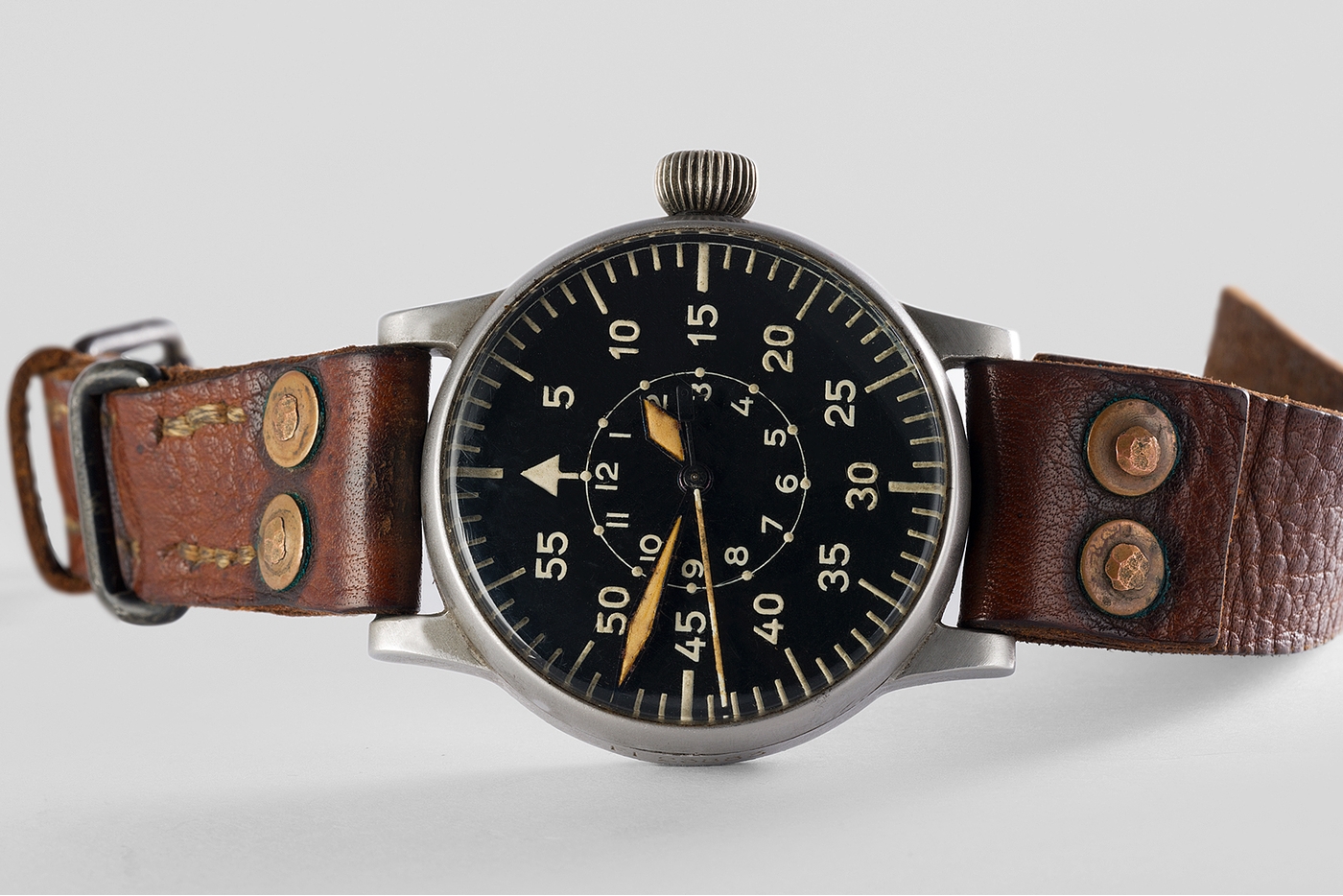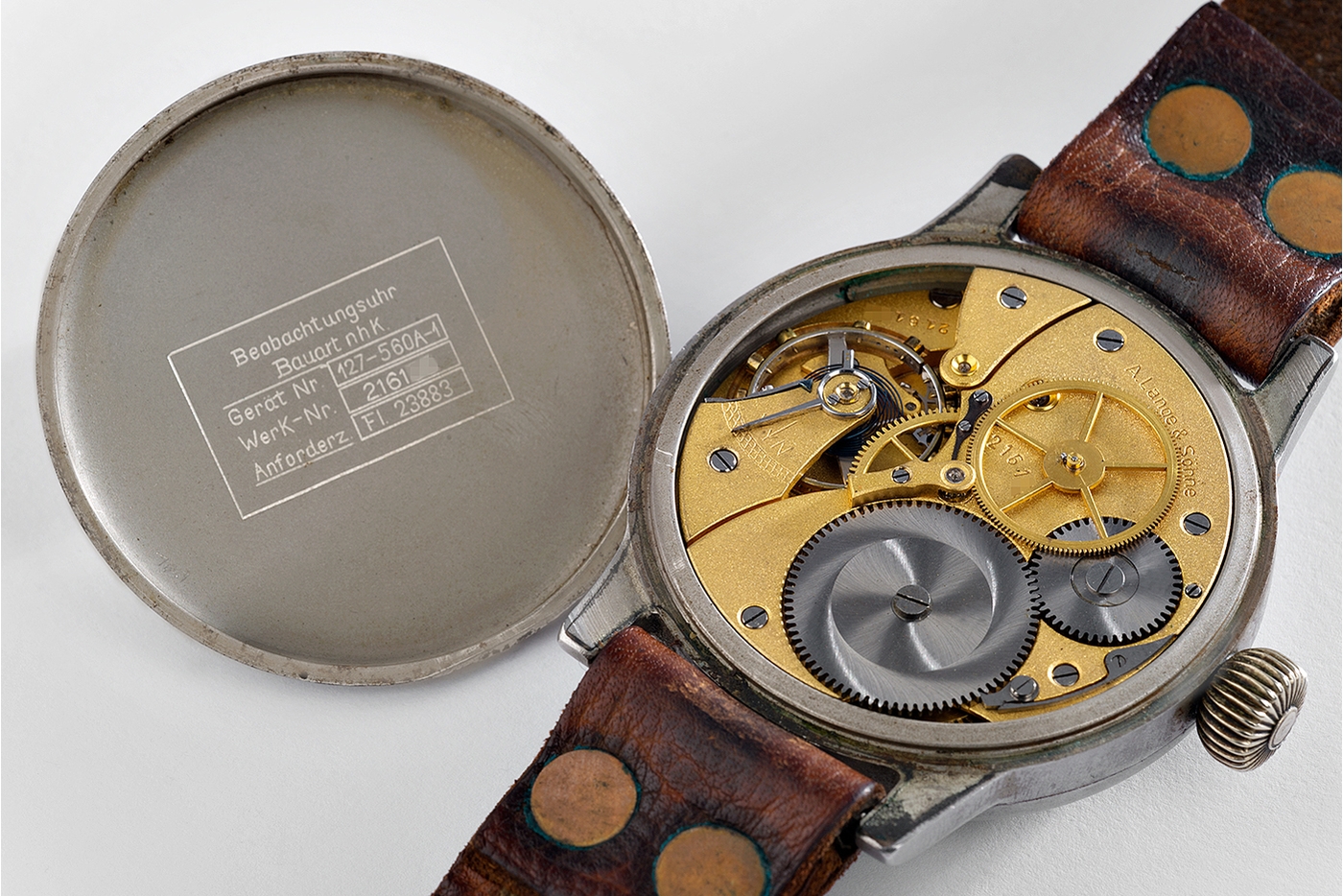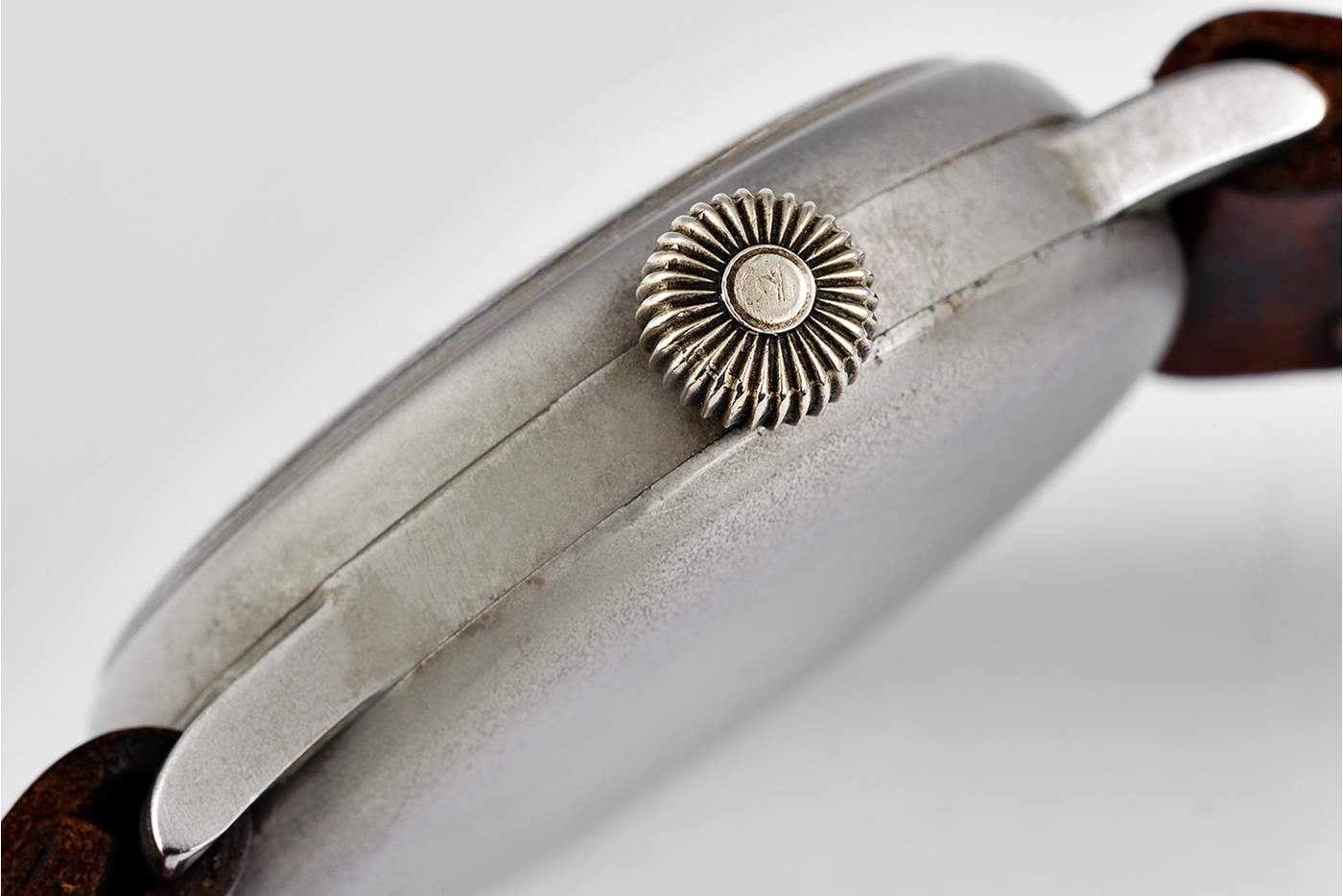Vintage Lange & Söhne – a Watch Club Photo Essay
The unmatched quality of Lange watches is no secret, and it's one of the reasons Watch Club loves the brand so much. We prefer to send our modern Lange & Söhne watches back to the factory when they need some attention, but when we serviced this navigator's "B-Uhr" we decided to share some of the little details that prove just how profoundly well these watches have always been made.
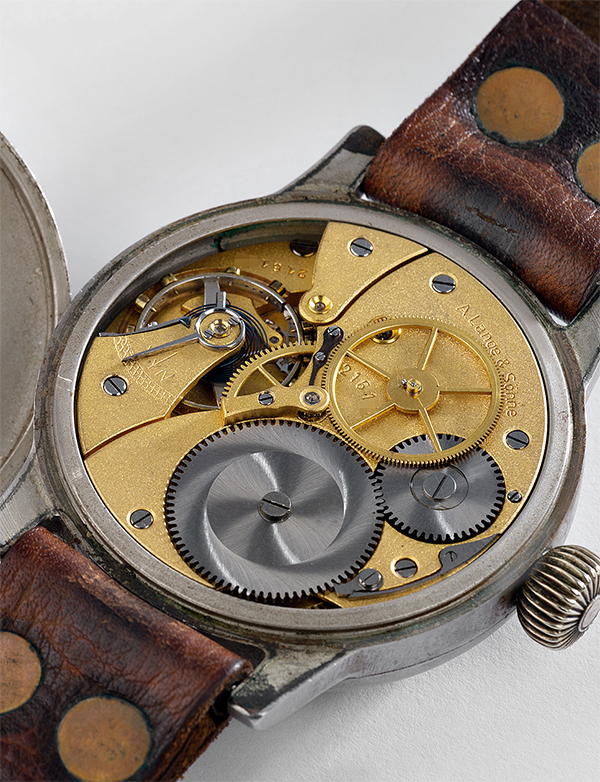
We all know that these over-sized pilot's watches were based on existing pocket watch movement designs; but their simple exteriors hide a very sophisticated set of features that has been in place in Glashütte-made watches for nearly 150 years. These features are completely oriented to reliability and precision timekeeping.
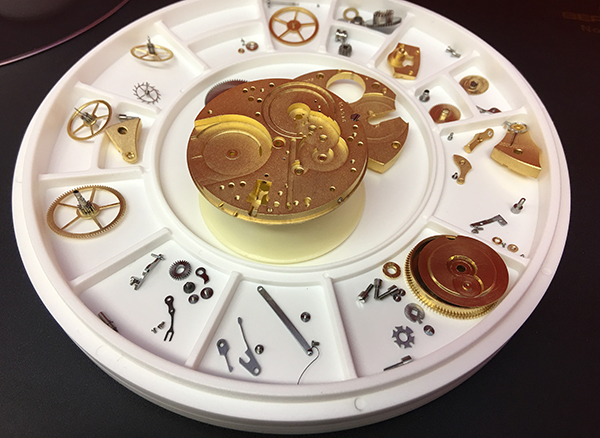
Here's a quick peek under the bonnet, with every part dismantled after a pre-clean. We don't like metal-to-metal contact, and so always try to keep everything separated as much as possible during servicing.
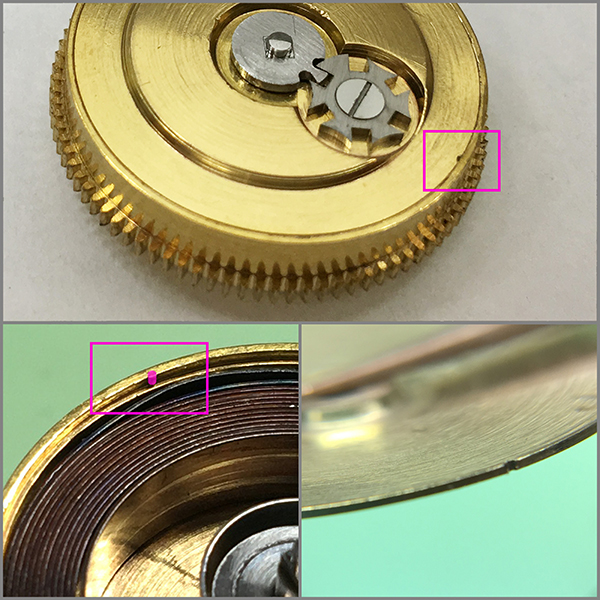
The mainspring barrel has a lid or cap that needs removing when the watch is cleaned or when a mainspring needs to be replaced. But in normal watches, this cap could be put back in any orientation. This may lead to misalignment of the two bearings in the barrel. To avoid this, the Lange barrel has a tiny peg right on the ledge where the cap sits, and a corresponding notch in the cap. So the cap can go on only one way. A tiny but important detail.
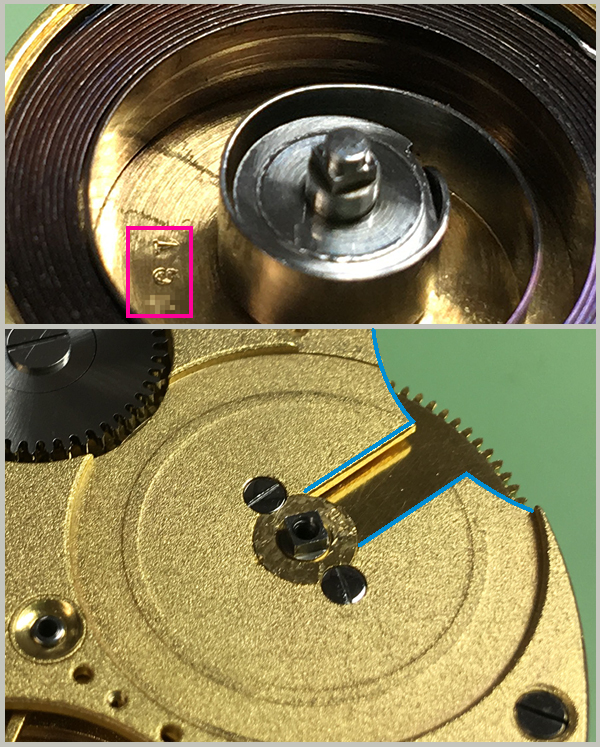
Still on the barrel, look at how they even numbered the inside with the last three digits of the watch serial number! There's also a useful and unusual feature (shown in blue): a gap and a removable bronze bearing – these allow the barrel to be slid from between the plates without dismantling the watch, so that if the mainspring breaks, it can be replaced quickly and easily.
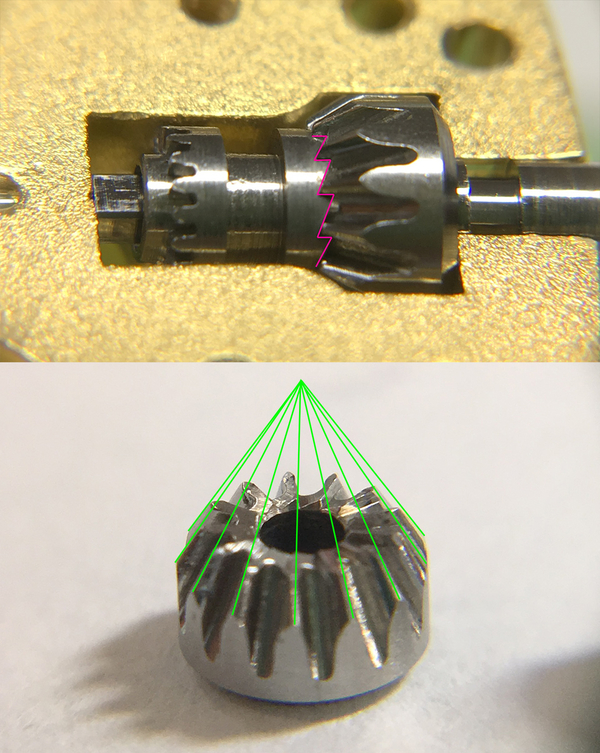
Here's where the winding stem comes into the movement. At one end it's attached to that great iconic winding crown, and at the other end it passes through these wheels. The one on the right is the winding pinion. Mainly it needs to send the winding motion through ninety degrees to the the bridge side of the watch. Most watches achieve this power transfer by simply meshing two ordinary gears at right-angles to each other. It works, but is very inefficient, and is very poor engineering practice.
Lange watches have traditionally gone for the 'proper' solution, seen here, which is a conical bevel wheel. The teeth are cut along a cone (green lines), and the transmission is therefore perfect.
Another Lange detail is the freewheeling ratchet. When you turn a watch crown backwards, nothing happens, it just freewheels like a bicycle. The freewheeling is allowed by the ratchet teeth on the face of the winding pinion (shown in pink). Here, these have been milled into the face of the conical wheel. Strong and elegant, this method is profoundly different from almost every other watch.
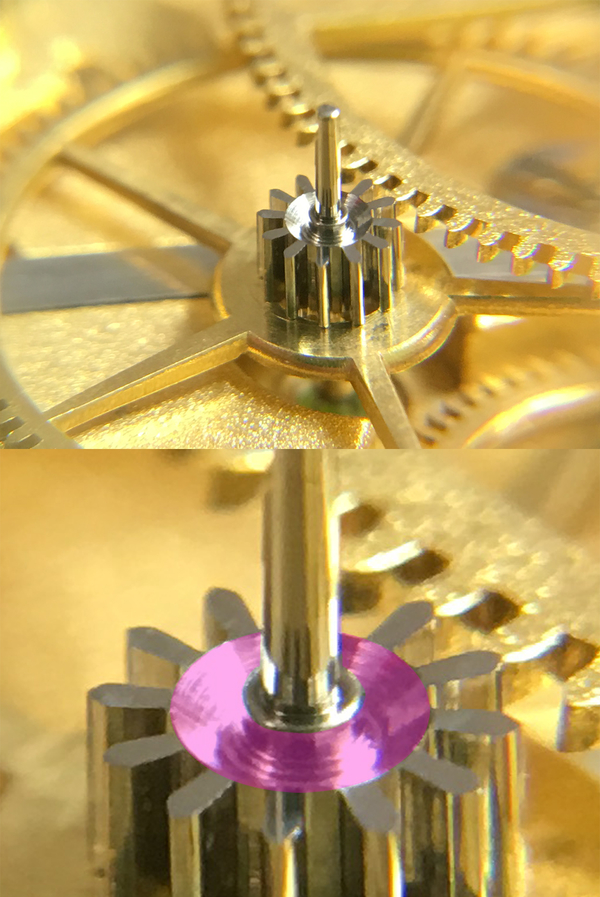
Here's a beautiful detail that is almost never found on watches any more, although it is a sign of the discipline's highest order. The steel pinions are undercut at their faces. The little hollow (coloured in the inset) is polished to a mirror finish. Its purpose: mainly as an oil trap. In case any oil were to spread down from the pivot bearing, the little hollow would retain it, resisting further spread due to the steep angle and high polish of the undercut. Watch wheels and pinions need to operate dry, unlike typical machines. The pinions would quickly deteriorate if they became oily.
Like all the other steel work in this macro photo, the pinions are black-polished. The faces of the pinions look matt grey because they have perfectly reflected all the light away from the camera.
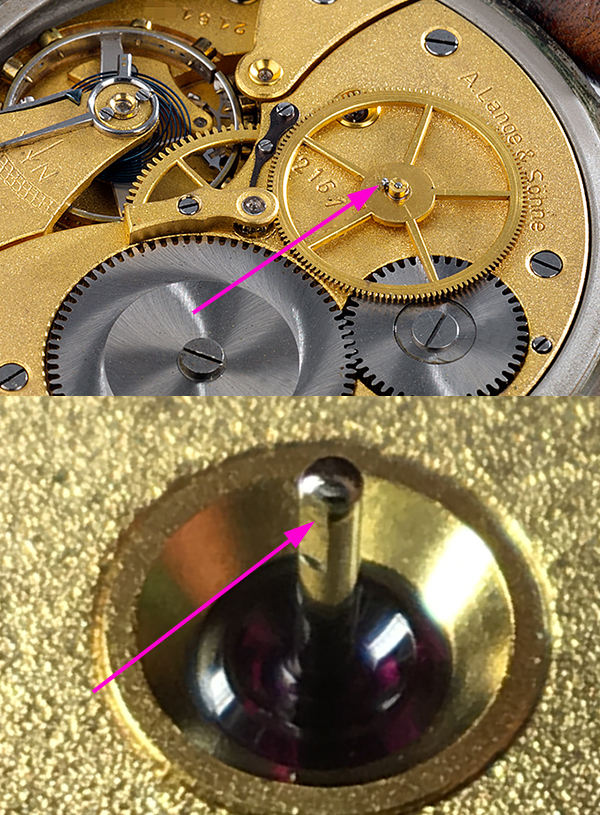
Here's another super detail: in most watches, the over-slung seconds drive wheel is pressed onto its arbor friction tight. Not good enough for Lange & Söhne, they attached it with a microscopic screw, and what's more, they also ground a nearly invisible flat onto the arbor so that the screw has a proper seating.
This kind of attention to detail is what drives collectors to seek out the very best that horology has to offer. As ever, high quality and unchangeable commitment to principle also affect the prices of important historical watches, making them stable and sound investments. Watch Club is delighted to have been able to curate so many exciting examples of this kind of rarity among modern and vintage watches alike.

